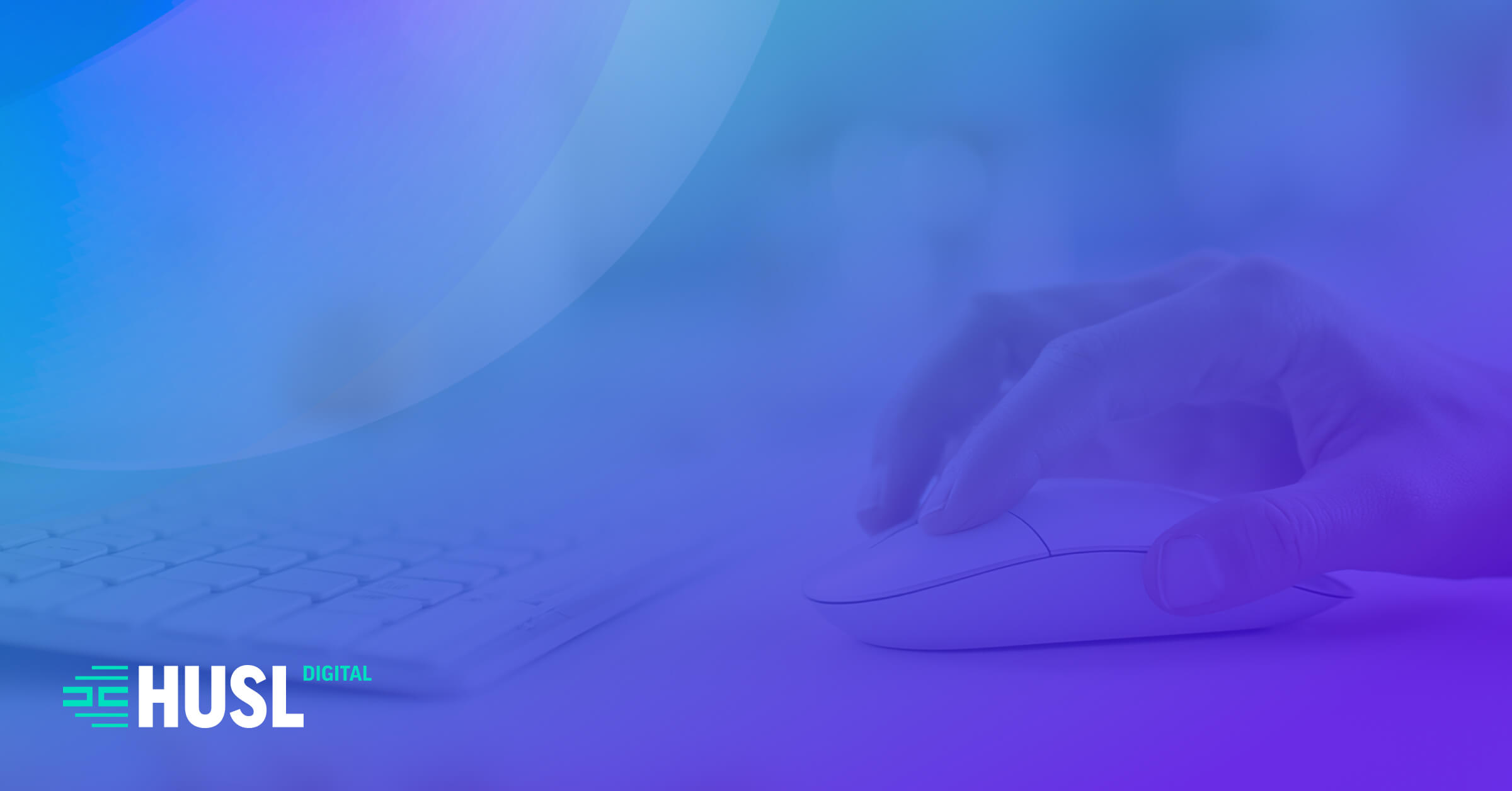
I watched it happen again last month.
A SaaS client with objectively superior features, faster performance, and better pricing lost a major deal to a competitor with weaker specs. The reason? The winner told a better story.
This moment crystallized something I’ve been seeing across B2B tech for years. Companies still believe buyers make decisions through clean, linear evaluation of features and ROI. The reality is messier and more human.
Harvard Business School research reveals that 95% of purchasing decisions happen subconsciously, driven by emotion rather than logic. Even in B2B contexts where rational justification follows, the emotional commitment comes first.
From Campaigns to Authority Ecosystems
Traditional marketing campaigns are like launching flares. They create temporary visibility, then fade.
What I’ve learned works better is building what I call market authority ecosystems. These are living, multi-channel presences that position your brand as the obvious choice before buyers ever talk to sales.
The difference is profound. In campaigns, you’re trying to convince someone. In authority ecosystems, you’ve already convinced them through repeated, credible touchpoints across their entire journey.
Video sits at the center of this approach because it compresses credibility, connection, and clarity into a single medium. Research shows video content achieves 1200% higher engagement rates than text and images combined.
The Gravitational Pull of Authentic Storytelling
I recently worked with a mid-market workflow automation company stuck in feature-comparison hell. Prospects took months to decide, often defaulting to bigger names despite inferior products.
We reframed their entire narrative around human cost rather than technical specs.
Their flagship video opened with the CEO looking directly into the camera: “Imagine running a 50-person operations team, knowing by 2 p.m. you’ll be working late again.” This instantly repositioned the product as a solution to stress and burnout, not just software.
The middle section featured a real customer explaining how the platform gave them back 10 hours per week, overlaid with actual analytics dashboards and before-and-after metrics.
The CEO closed with: “We’re not here to help you work faster. We’re here to give you your life back.”
Results spoke louder than any feature sheet. Average decision time dropped from 70 days to under 45. Demo requests increased 40% in the first month. Most importantly, prospects stopped asking “What features do you have?” and started asking “How quickly can we implement this?”
The AI Production Paradox
AI tools are making video production cheaper and more accessible, but they’re also creating a dangerous temptation to cut corners on authenticity.
I’m seeing brands crank out AI-polished videos that look professional but feel emotionally hollow. Over-polishing removes the human edge that makes people believable. Generic proof points generated by AI fall apart under buyer scrutiny.
The sweet spot is using AI to amplify human authenticity, not replace it. AI excels at speed, scale, and enhancement. But the core story, the emotional truth, the on-camera moments must come from real voices and real experiences.
Companies that use AI as a creative collaborator rather than a replacement maintain the gravitational pull that drives emotional connection while gaining operational efficiency.
Measuring Emotional Inevitability
The question I get most is how to measure whether you’re creating emotional inevitability versus just generating noise.
I track three layers: market signal capture, pre-engagement readiness, and ecosystem resonance.
Market signals include share of voice in AI overviews, branded search lift, and unprompted mentions in industry discussions. Pre-engagement readiness shows up in higher inbound close rates, shorter sales cycles, and qualitative feedback like “we’ve been following your work.”
Ecosystem resonance is when the market amplifies you without being asked. Organic content shares by non-customers, speaking invitations, and third-party references as the “go-to” expert.
The noise scenario creates reach spikes without corresponding trust signals. The inevitability scenario makes every touchpoint reinforce that you’re the obvious, low-risk choice.
The Future of B2B Decision Making
AI is becoming part of buyers’ filter layers. They’re asking ChatGPT and Perplexity to summarize options and competitors. If you’re not present and framed correctly in AI-generated narratives, you’re invisible regardless of product quality.
This requires treating AI presence as a managed asset. I run quarterly AI visibility sweeps, literally asking ChatGPT the questions my clients’ buyers ask, then adjusting content and distribution accordingly.
The companies still optimizing sales processes while neglecting buying journey influence will struggle. Winners intentionally shape the perception, proof, and presence buyers encounter before they ever click “book a demo.”
Your product features matter, but your story determines whether anyone cares enough to learn about them.
